Author: Paul Amico
Developed by the Hop Research Center in Hüll, Germany and released for use in 2016, Callista is a relatively new low alpha aroma hop that’s said to impart stone fruit, citrus, berry, and cream caramel characteristics to beer.
Alpha: 2.8 – 4.8%
Beta: 6.7%
Cohumulone: 15 – 22% of alpha acids
Total Oil: 1.4 – 1.8 mL / 100g
Myrcene: 52.5%
Humulene: unknown
Caryophyllene: 4.4%
Farnesene: 0.12 – 0.41%
Linalool: 1.2%
Geraniol: 0.04%
ß-Pinene: unknown
Parentage: Hallertau Tradition crossed with a Hüll male
Given its lower alpha acid content and region of origin, Callista is typically viewed as being a good hop for lighter styles, but I was excited to see what tasters would think of a hoppy Pale Ale made with it!
| MAKING THE BEER |
I went with our standard Hop Chronicles Pale Ale recipe for this batch, making adjustments to the kettle hop additions to keep the bitterness in check.
Callista Pale Ale
Recipe Details
| Batch Size | Boil Time | IBU | SRM | Est. OG | Est. FG | ABV |
|---|---|---|---|---|---|---|
| 5.5 gal | 60 min | 35.7 | 4.5 SRM | 1.056 | 1.009 | 6.17 % |
| Actuals | 1.056 | 1.009 | 6.17 % | |||
Fermentables
| Name | Amount | % |
|---|---|---|
| Pelton: Pilsner-style Barley Malt | 10 lbs | 83.33 |
| Vanora: Vienna-style Barley Malt | 2 lbs | 16.67 |
Hops
| Name | Amount | Time | Use | Form | Alpha % |
|---|---|---|---|---|---|
| Callista | 42 g | 60 min | First Wort | Pellet | 2.5 |
| Callista | 58 g | 30 min | Boil | Pellet | 2.5 |
| Callista | 76 g | 15 min | Boil | Pellet | 2.5 |
| Callista | 56 g | 2 min | Boil | Pellet | 2.5 |
| Callista | 56 g | 4 days | Dry Hop | Pellet | 2.5 |
Yeast
| Name | Lab | Attenuation | Temperature |
|---|---|---|---|
| Flagship (A07) | Imperial Yeast | 77% | 32°F - 32°F |
Notes
| Water Profile: Ca 92 | Mg 1 | Na 10 | SO4 153 | Cl 50 |
Download
| Download this recipe's BeerXML file |
I started off my brew day by collecting the full volume of filtered water, which I adjusted to my desire mineral profile before flipping the switch on my Clawhammer electric controller to heat it up.
When the water was properly heated, I incorporated the milled grains and set the controller to maintain my desired mash temperature of 152°F/67°C before preparing the kettle hop additions.
Once the 60 minute mash rest was complete, I removed the grains and proceeded to boil for 60 minutes, adding hops at the times stated in the recipe. When the boil was complete, I used my Exchilerator Maxx to chill the wort during transfer to a sanitized fermenter.
A refractometer reading showed the wort was at my target OG.
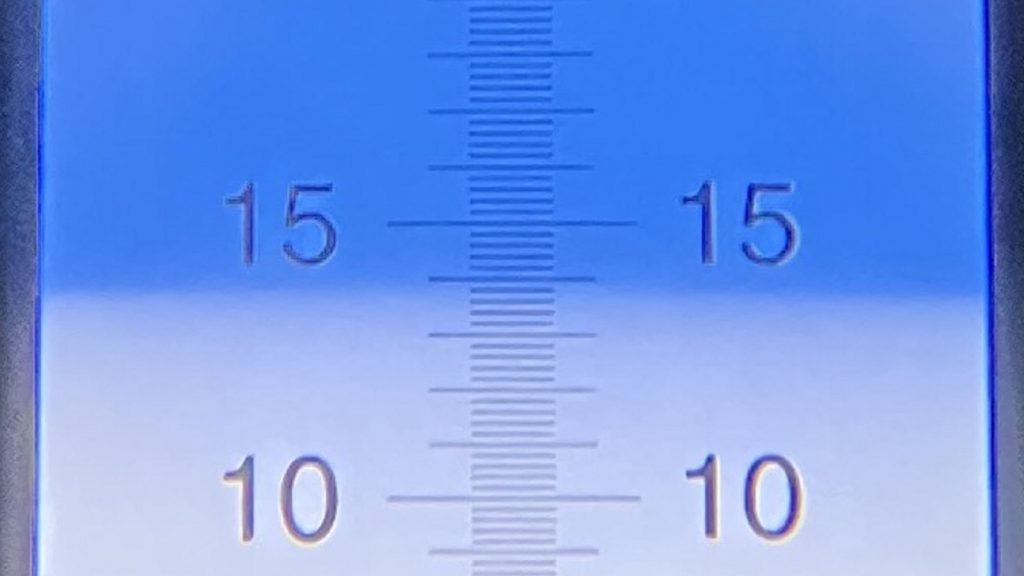
Next, I direct pitched a single pouch of Imperial Yeast A07 Flagship into the 66°F/19°C wort.
At 4 days into fermentation, I added the dry hop addition then left beer alone for another week before taking a hydrometer measurement confirming FG was reached.
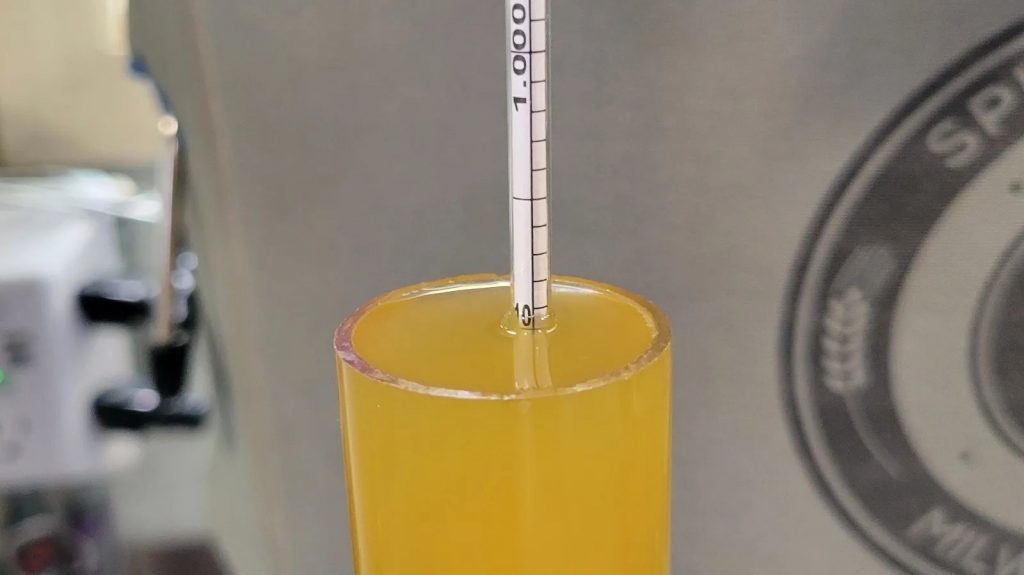
With fermentation complete, I transferred the beer to a CO2 purged keg.
The filled keg was placed in my keezer and burst carbonated overnight before I reduced the gas to serving pressure. After a week of conditioning, I began serving it to blind tasters.
| METHOD |
Participants were instructed to focus only on the aromatic qualities of the beer before evaluating the flavor. For each aroma and flavor descriptor, tasters were asked to write-in the perceived strength of that particular characteristic on a 0-9 scale where a rating of 0 meant they did not perceive the character at all and a 9 rating meant the character was extremely strong. Once the data was collected, the average rating of each aroma and flavor descriptor was compiled and analyzed.
| RESULTS |
A total of 40 people participated in the evaluation of this beer, all blind to the hop variety used until after they completed the survey. The average aroma and flavor ratings for each descriptor were plotted on a radar graph.
Average Ratings of Aroma and Flavor Perceptions
The 3 characteristics endorsed as being most prominent by participants:
| Aroma | Flavor |
| Citrus | Citrus |
| Stone Fruit | Resinous + Earthy/Woody (tie) |
| Tropical Fruit | Pine |
The 3 characteristics endorsed as being least prominent by participants:
| Aroma | Flavor |
| Onion/Garlic | Onion/Garlic |
| Spicy/Herbal + Dank/Catty (tie) | Berry |
| Berry | Melon |
Next, participants were asked to rate the pungency/strength of the hop.
Tasters were then instructed to identify beer styles they thought the hop would work well in.
Finally, participants were asked to rate how much they enjoyed the hop character on a 1 to 10 scale.
My Impressions: I perceived this beer as having moderately pungent notes of pineapple and overripe melon, a blend that came across on the nose like a nice basket of fruit. The flavor wasn’t as prominent as the aroma, but it was a nice beer nonetheless.
| CONCLUSION |
Given it’s region of origin and low alpha acid content, it makes sense that people might presume Callista is an ideal variety for less hoppy styles like Pilsner and Kölsch. However, existing descriptors of sweet fruit and citrus differ quite a bit from typical noble hops that tend to impart floral and spicy notes to beer, which explains why some prefer to use it as a late kettle and/or dry hop addition in Pale Ale and IPA.
Indeed, the most prominent aroma and flavor characteristics noted by people who evaluated a Pale Ale made solely with Callista were citrus, stone fruit, resinous, and earthy/woody, while less desirable onion/garlic and dank/catty were the least endorsed characteristics. A majority of tasters rated the pungency as being moderate to strong, and unsurprisingly, APA/IPA and pale lager were the styles people felt Callista would work best in.
For having such a low amount of alpha acids, I was rather surprised with how this single-hop Callista Pale Ale turned out, as it had all the bitterness I expect with pleasant fruity overtones. While I look forward to seeing how this variety plays on its own in a simpler pale lager, I definitely plan to use it in conjunction with other varieties as late kettle and dry hop additions in future batches of IPA.
Callista hops are available now at Yakima Valley Hops, get some while you can! If you have any thoughts on this variety, please feel free to share them in the comments section below.
Support Brülosophy In Style!
All designs are available in various colors and sizes on Amazon!
Follow Brülosophy on:
FACEBOOK | TWITTER | INSTAGRAM
If you enjoy this stuff and feel compelled to support Brulosophy.com, please check out the Support page for details on how you can very easily do so. Thanks!



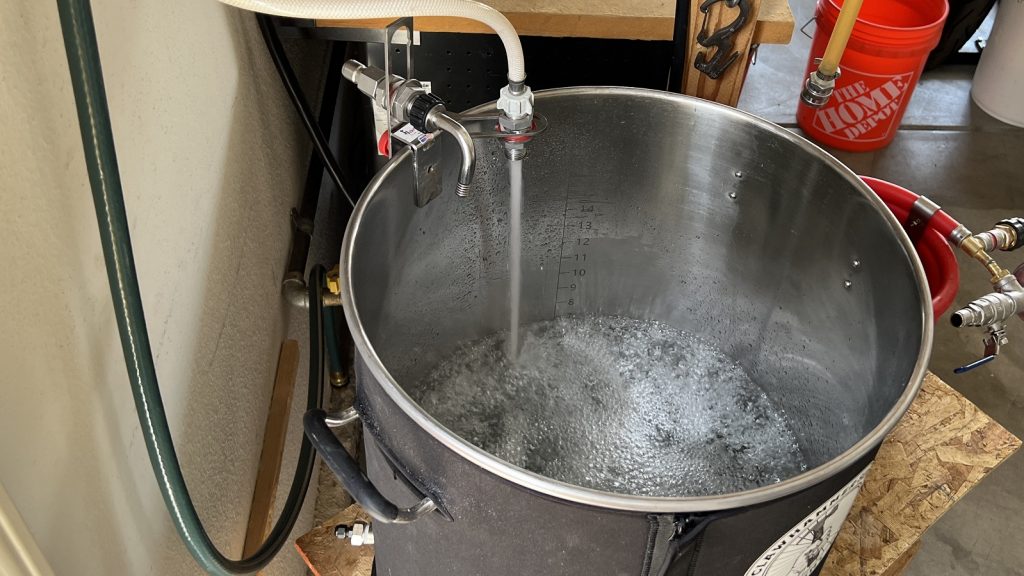
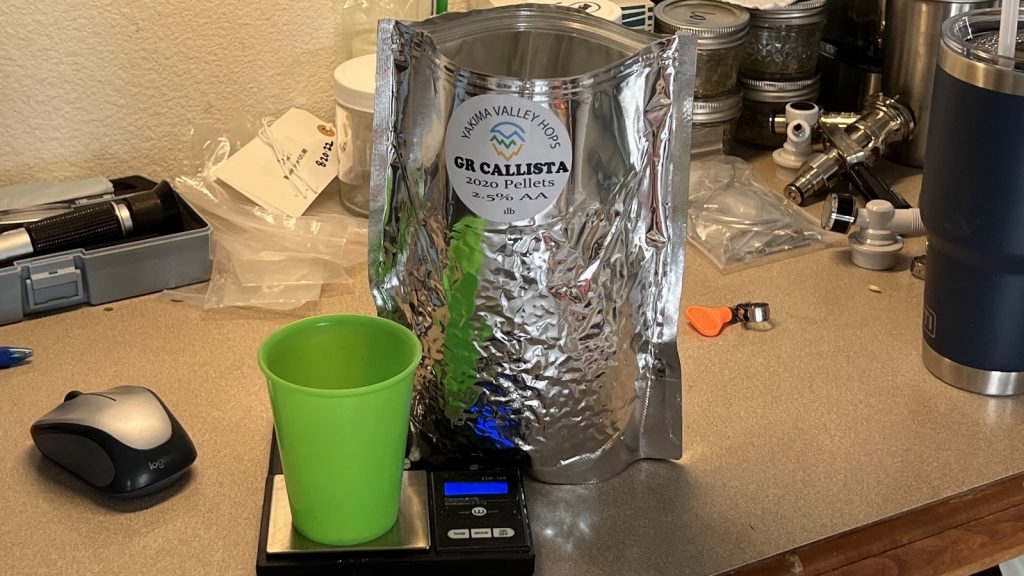
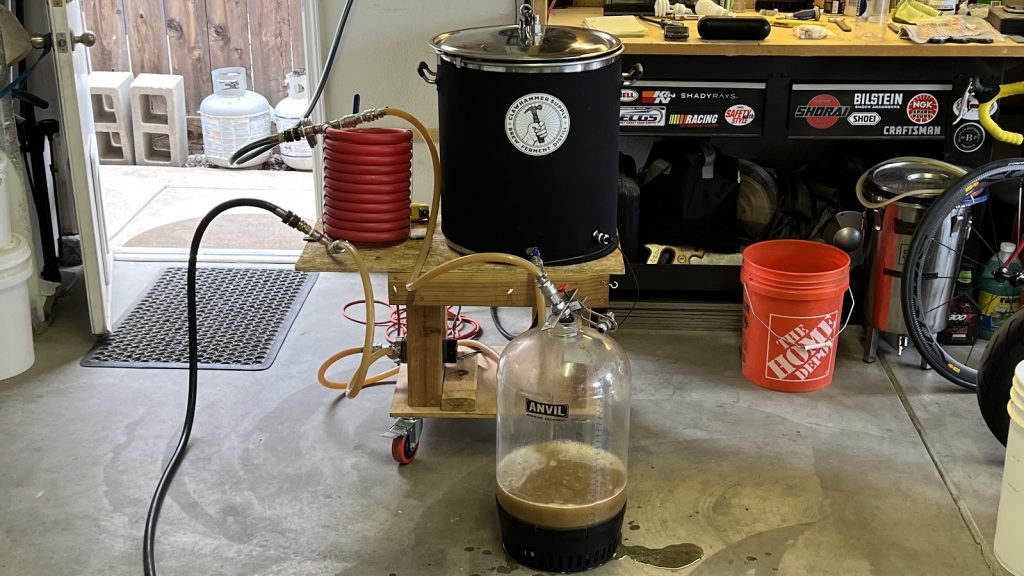
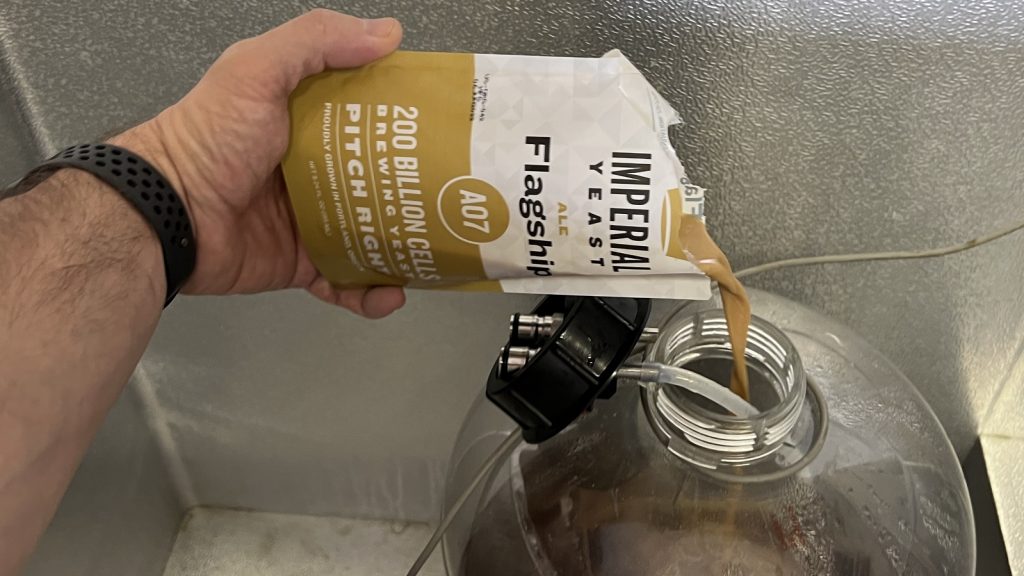
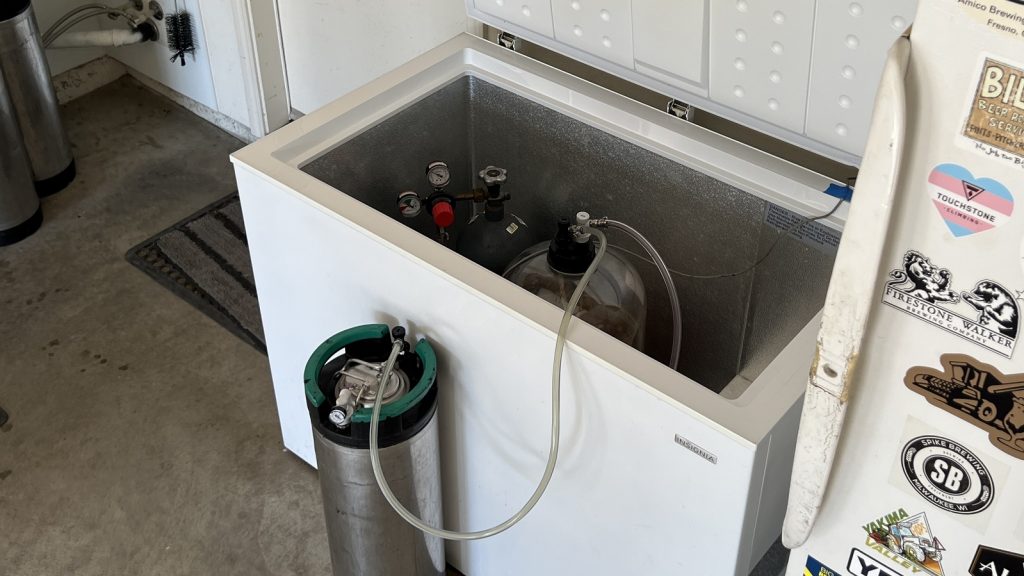
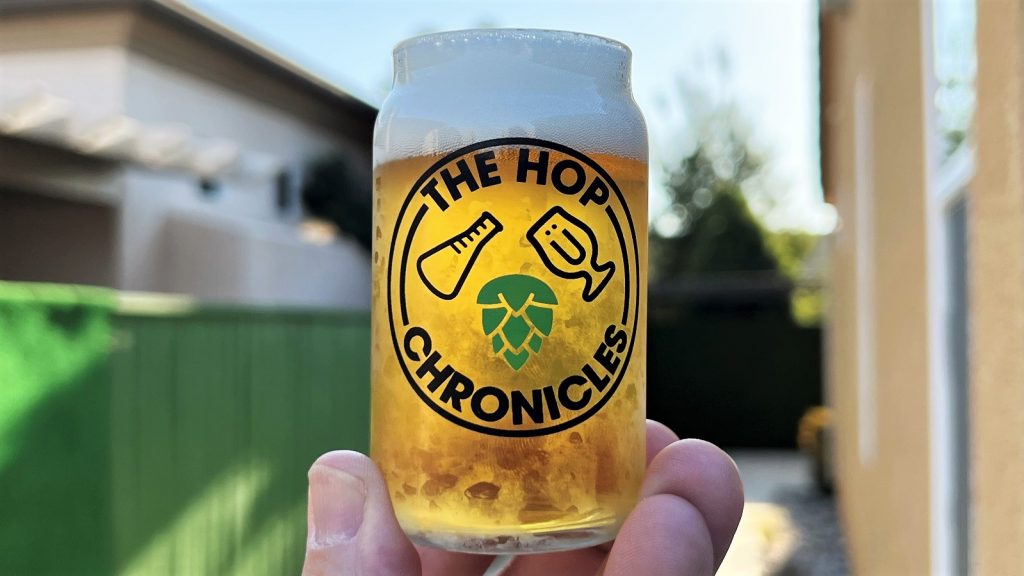

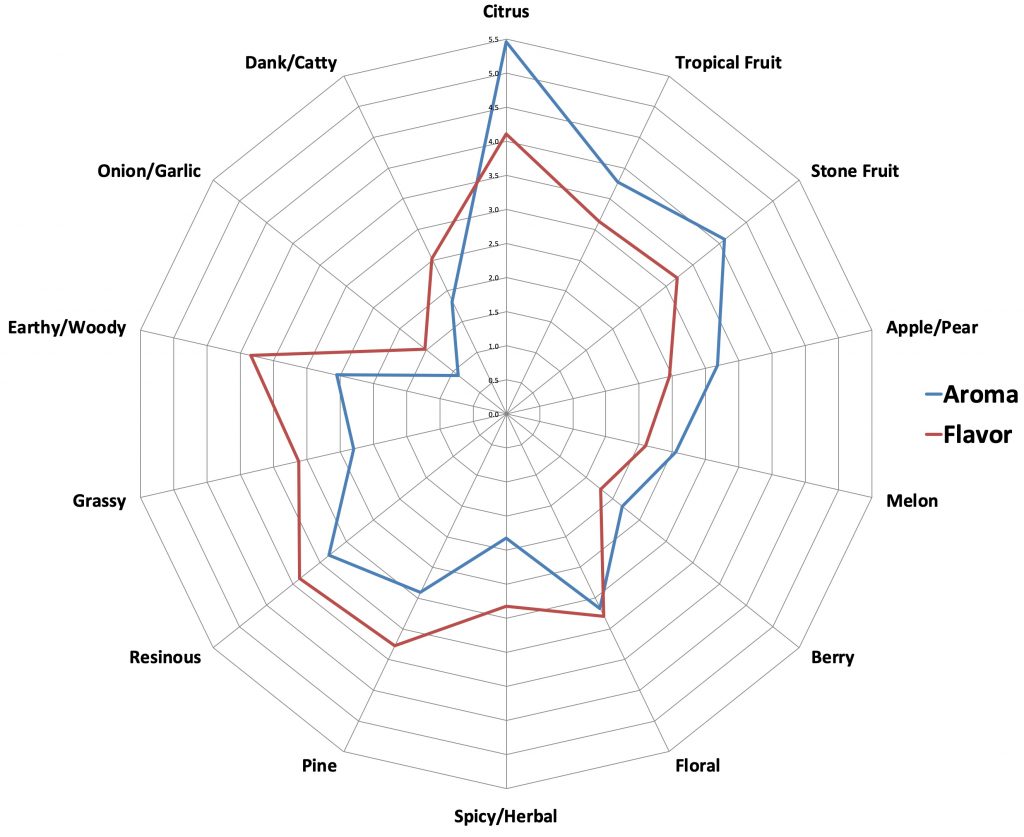
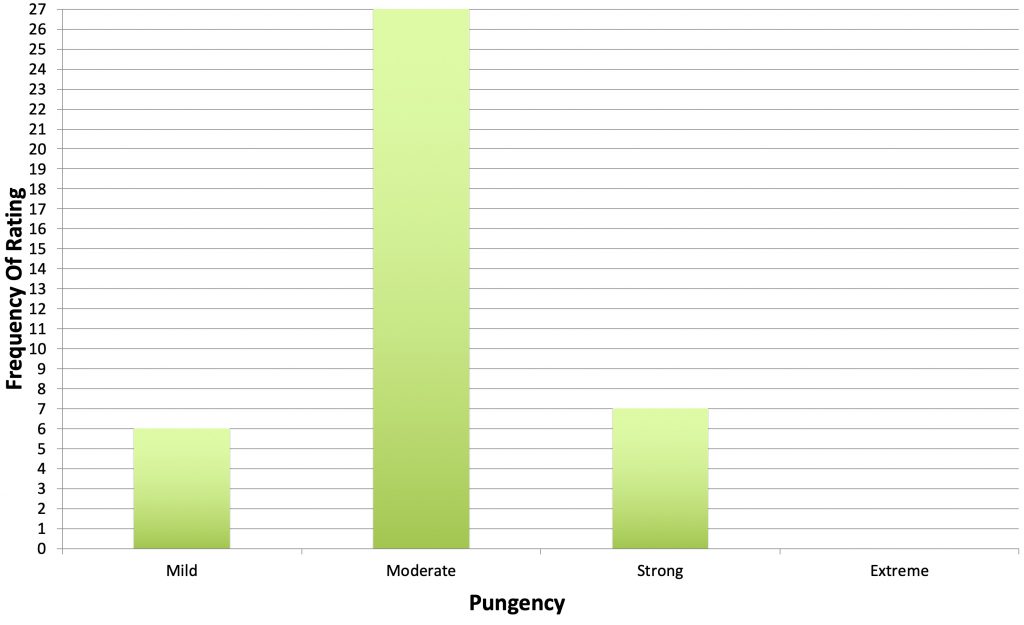
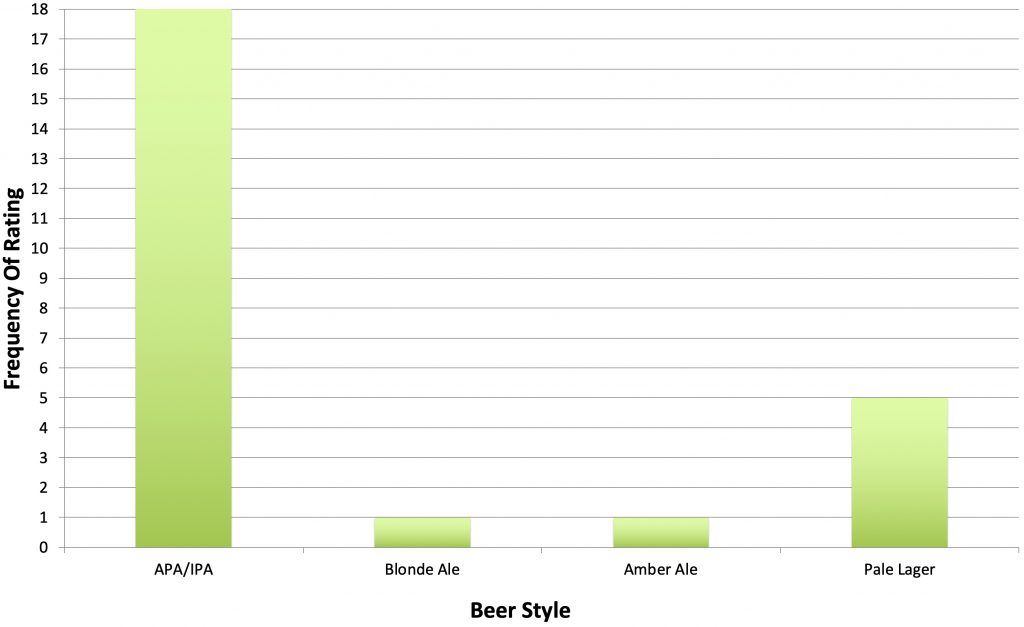
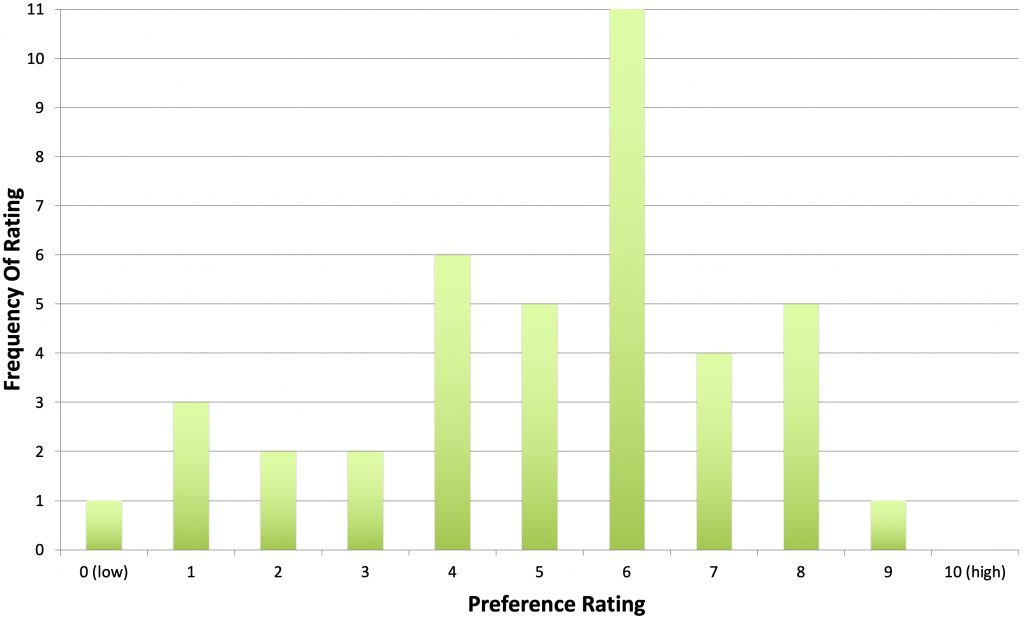











1 thought on “The Hop Chronicles | Callista (2020) Pale Ale”
Can American taste panels ever taste anything other than citrus and stone fruit in a beer I wonder? I’ve read these hop articles with interest for some time, but the outcome seems always to be very similar. People just vary in their idea of the level of potency. I can see that that is true, however, the flavours must surely vary.